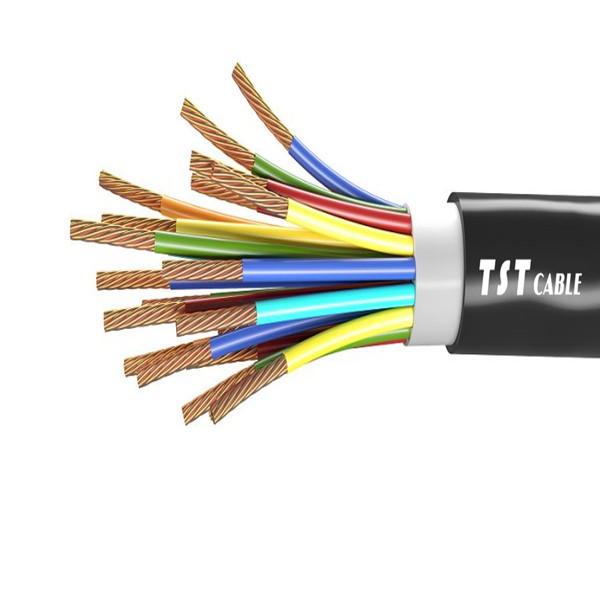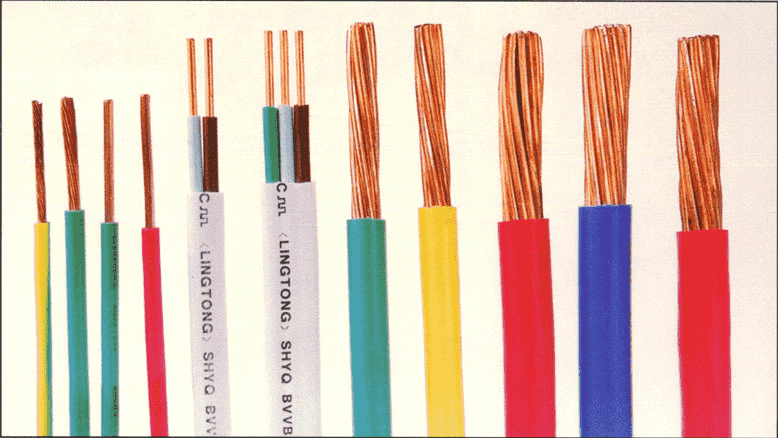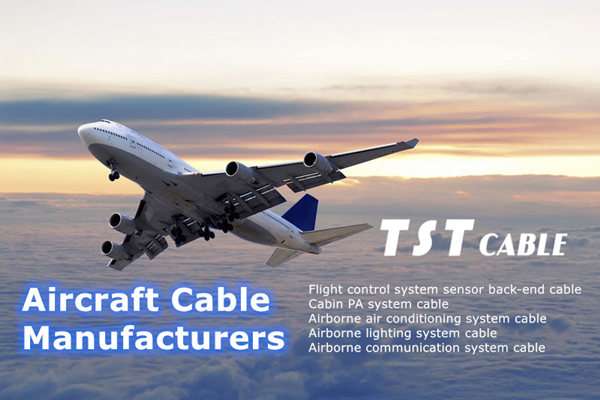Instrumentation cables are cables specifically designed to connect between instrumentation and power or signal sources as a core component of power equipment for monitoring or controlling power systems and processes. For example, to transmit temperature, pressure or flow measurement data. They can also be used to control valves, thermostats and indicator lights.

Instrumentation cables need to have the following performance advantages:
- Excellent electrical performance, able to provide stable and reliable current and voltage output to ensure the normal operation of power equipment.
- Good heat resistance, power equipment often work in high temperature environments, and instrumentation cables can withstand high temperature environment to ensure the normal operation of equipment.
- Good waterproof performance, corrosion resistance and flame retardant properties, can be used in harsh environmental conditions to maintain good results.
- Strong anti-interference ability and signal transmission stability, and can withstand large current and voltage.
- Higher energy efficiency and environmental friendliness to meet the green development requirements of the power industry.
- Need to adapt to the needs of data acquisition, transmission and processing, in order to adapt to and realize the information management of the power industry.

In summary, the power industry instrumentation cable as an important part of the power equipment, has unique characteristics and a wide range of applications. Tester specializes in the research, development and production of instrumentation signal cables and other high-temperature cables for the power industry, which are widely used in the fields of aviation, aerospace, weaponry, ships, petrochemicals, power generation, rolling stock and so on. In the future, we will continue to innovate and make greater contributions to the development of the industry.
TST Cable Instrumentation Signal Cable
The products are produced according to Q/TST-DL-001-2010 standard, and can also be produced according to the user’s needs in accordance with the International Electrotechnical Commission’s recommended standards IEC, British standards, German standards and U.S. standards.
1、Cable structure
There are four layers of protection, sheath, shielding, winding layer, insulation. The role of each layer of protection are introduced.
2、Cable characteristics and applications
Cable characteristics:
Excellent corrosion resistance, oil resistance, resistance to strong acids, strong alkalis, etc.; excellent electrical insulation properties, high temperature resistance, high frequency loss is small, does not absorb moisture, insulation resistance; excellent flame retardant, aging resistance, long service life.
Cable applications:
Transmission of analog signals in terms of automation components, mainly for temperature sensors, pressure sensors, flow sensors. In addition can also be used as a waterwheel room shear pin signal transmission, openness, vibration, pendulum sensor preamplifier to the disk cabinet signal transmission.





